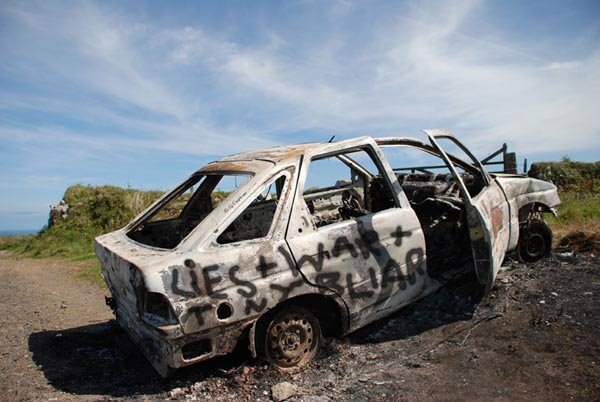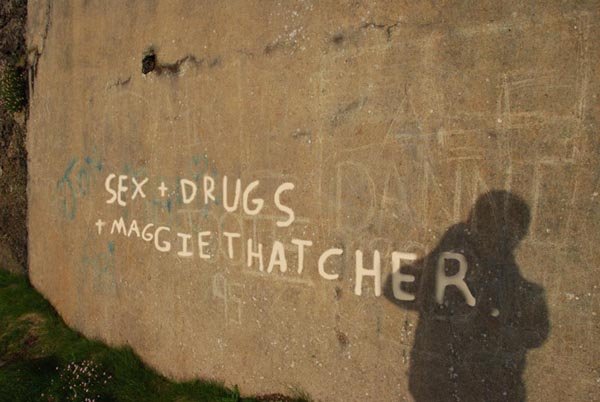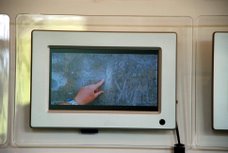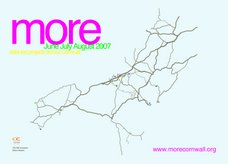On a recent visit I watched absent minded school children scratching the floor and walls with an old piece of brick or concrete while listening to an ex miner recounting tales from the past. These scratches will last out a good few years and are not just their names and stuff but drawings of engine houses too
In order to record the graffiti I chose to adopt a purely non invasive approach avoiding any activity that would lead to the [partial or full] re-in statement or further deterioration of the graffiti. The resulting enquiry struck me as being particularly relevant considering the substantial interest in the preservation of Cornwall’s mining heritage, in particular the much needed and much used practice of consolidating derelict mine buildings. If these methods were not employed we would not be able to safely experience these sites as we do. These sites now form part of a heritage park. The engine houses and chimneys and other architectural relics have been consolidated and are now in a state of preserved dereliction and will no longer perceptibly degrade. Graffiti is important to such site that is heavy in consolidation. It represents a continuing link in the use of the landscape and the development of a site stopping it from becoming static. By taking into account how the 'Dressing floor group' enhances the interpretation of the sites sociological history, The National Trust had previously decided not to remove it.

DRUGS: detail from the dressing floor. Botallack, West Penwith, Cornwall

Text from the exhibition

Self guided trail

Contemporary response

Prediction - digitally imagined graffiti
Record

Digitally remade graffiti
S+D+MT

Digitally remade graffiti




























No comments:
Post a Comment